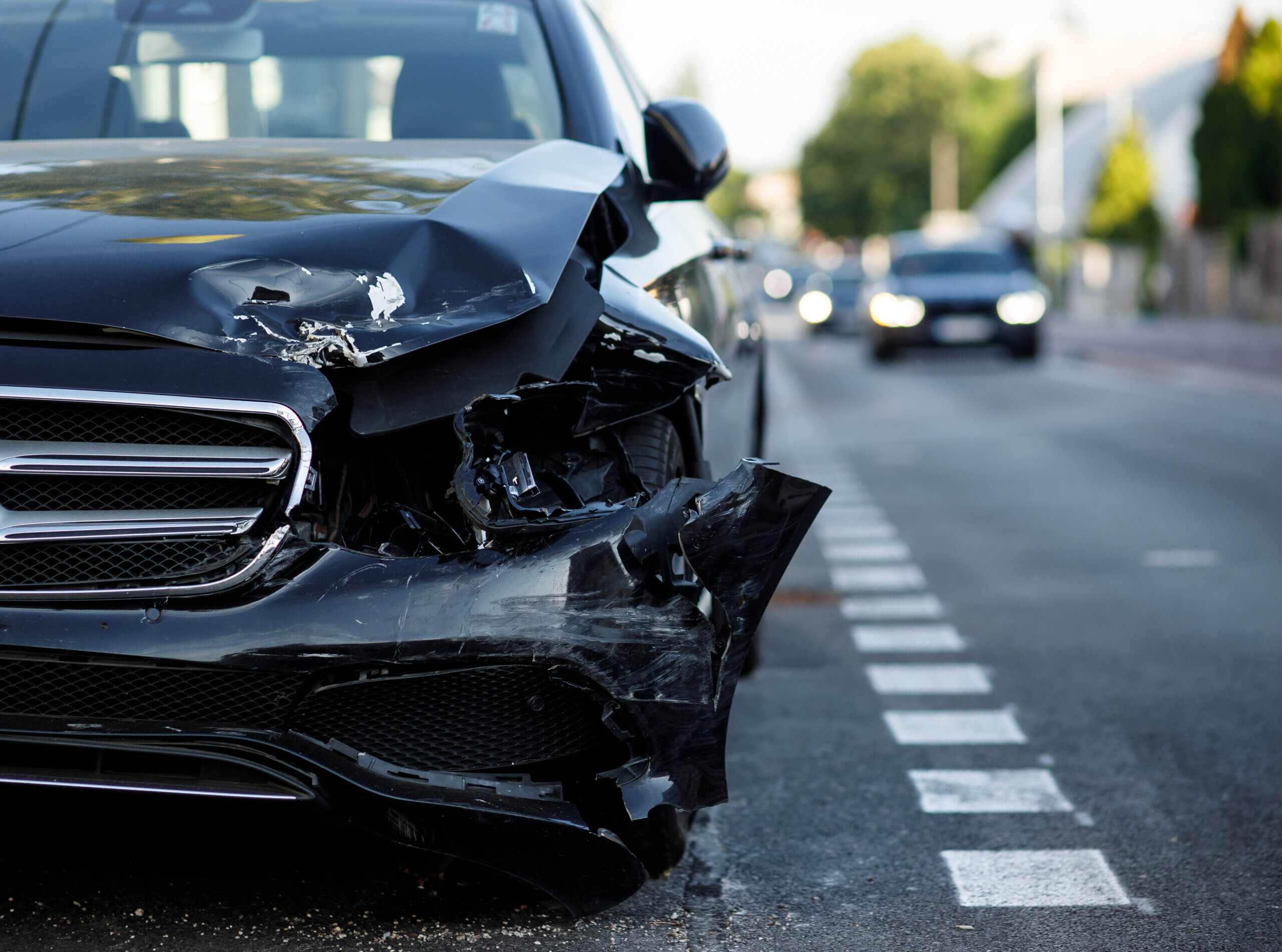
21 Nov Restoring Structural Integrity After Major Collisions
When a collision damages your vehicle’s frame, the damage runs far deeper than bent metal or scratched paint. The frame is the backbone of your car—it absorbs impact, supports safety systems, and ensures that alignment, handling, and structural strength stay intact. At National Auto Collision Centers, we recognize that restoring structural integrity is essential to keeping you safe on the road. Here’s how we approach major collision repairs to rebuild the structure properly, not just patch over the symptoms.
The Hidden Dangers of a Bent Frame
A frame that is out of alignment compromises much more than appearance. An improperly repaired frame can weaken crumple zones that are engineered to absorb and redirect crash forces, which means future collisions may cause more damage or injury. In addition, distorted structure can misalign suspension, throw off wheel geometry, and lead to erratic tire wear or handling problems. One of the most critical issues is how misalignment affects safety systems like airbags and crash sensors. If the frame is twisted or shifted, those systems may not function as intended when they are needed most.
Precision Assessment and Planning
Before any physical work begins, the body repair team must accurately diagnose the extent of structural damage. Modern collision repair facilities use laser measuring systems and digital scanning tools to compare the vehicle’s current frame positioning against factory specifications. This allows pinpoint accuracy in locating distortions in frame rails, crossmembers, or mounting points. Based on that data, a repair plan is developed that sequences pulls, welds, or reinforcement in a way that gradually restores the frame’s correct geometry.
Controlled Straightening and Re-Alignment
Using high-capacity frame machines and hydraulic pulling systems, our technicians at National Auto Collision Centers apply controlled force to bring the structure back into alignment. These pulls are incremental and monitored continuously, with repeated measurement checks guiding the process. Sometimes sections of frame metal may need reinforcement or replacement, especially if damage is severe or metal fatigue is present. Throughout the realignment, the goal is to restore the original design tolerances, not simply make things “look straight.”
Validation, Inspection, and Final Testing
Once structural corrections are made, a rigorous quality check confirms that all critical tolerances are met. This includes verifying panel fit, suspension geometry, and alignment as per manufacturer specs. The vehicle is often road-tested to evaluate handling, steering response, and overall stability. Only when these inspections pass does the repair move to reassembly, finishing, and delivery.
Why This Level of Repair Matters to You
When structural integrity is restored correctly, your car regains its crashworthiness, handling reliability, and safety system effectiveness. You avoid long-term issues like uneven tire wear, drifting alignment, or component fatigue. A poor structural repair, by contrast, may feel “okay” at first but can mask hidden stresses and accelerate deterioration over time. You also protect your vehicle’s resale value. A properly documented collision repair shows future buyers or insurers that the car was restored to factory-grade standards.
If your vehicle has been in a major collision, trust National Auto Collision Centers to rebuild it right. Contact us today to arrange a structural integrity assessment or certified frame repair. Let us restore your car’s foundation to pre-accident levels at our collision repair center in Tucson, AZ.

